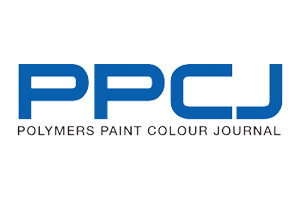
The European Union (EU) could further tighten its controls on the use of lead in paints, with the European Chemicals Agency (ECHA) launching a public consultation on whether all uses of lead should have a special hazardous status under the REACH law.
At present, EU member states can allow the use of white lead and sulphates of lead in paint for the restoration and maintenance of works of art and historic buildings and their interiors.
However, ECHA is currently consulting on whether lead should be subject to REACH’s harmonised classification and labelling (CLH) system, with comments sought by December 7. If ECHA decides this should happen, it will ask the European Commission to label lead as officially hazardous to reproduction, which would mean mandatory hazard labelling for paints containing paint across the EU. Consumers would also have to be given information spelling out the health risks of using these paints.
An ECHA note said that if lead receives this classification, "all manufacturers, importers and users of the substance in the EU should classify the substance accordingly, enabling the users to be better informed about the substance, its potential effects and how best to make use of it safely.”
Elsewhere in the EU, the European Commission has unveiled fresh details of the EU’s new system of low duties the EU operates for developing countries – its generalised system of preferences (GSP) – affecting the coatings sector.
Brussels said that certain coatings ingredients would enter the EU duty free from the countries involved in the system from 2013 (when some richer emerging market countries will be excluded).
These chemicals include aluminium oxide, ammonium sulphate, sodium nitrate and titanium powders.
Europe’s standard setting process upgraded
Meanwhile, EU ministers have upgraded Europe’s standard setting process, by which CE standards are set for consumer products, especially useful for those traded widely across the EU such as paints and coatings. New procedures will help small- and medium-sized businesses participate in setting standards and they will also have to take account of the environmental impact of products’ entire life cycle, with resource-efficiency being stressed in standards.
And, the European Association of Adhesive & Sealant Industry (FEICA) has worked with the USA-based Adhesive and Sealant Council (ASC) and the China Adhesives and Tape Industry Association (CATIA) to produce a common global set of market definitions and product categories for adhesives and sealants.
Contaminated tattoo inks
In the USA, the Food & Drug Administration (FDA) has issued a warning that in the past year, tattoo inks and associated pigments have been contaminated with a family of bacteria called non-tuberculous mycobacteria. These have caused serious infections, sparking lung disease, joint infection, eye problems and other organ infec




